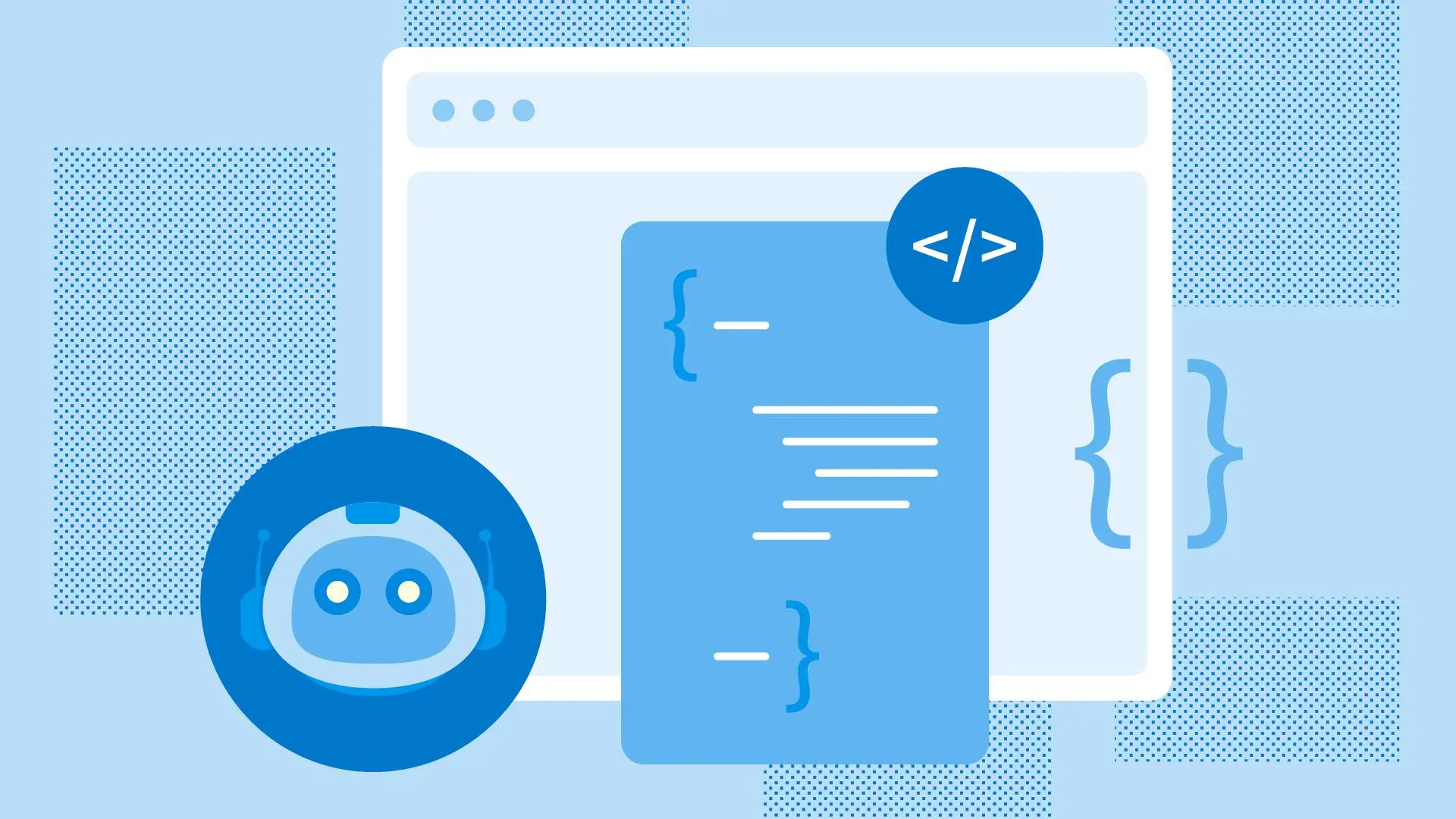Data Strategy for SREs and Observability Teams
The idea that telemetry data needs to be managed, or needs a strategy, draws a lot of inspiration from the data world (as in, BI and Data Engineering). Your company most likely has a data team that manages the data warehouse(s), data pipelines, data sources, and reporting tools. These teams are also constantly balancing costs with their user and stakeholder needs, usability, data retention, granularity, etc. Sound familiar? That’s because if you’re working on observability data, these teams are at least several years ahead of you in addressing these tradeoffs and considerations—and can teach us quite a lot.





























